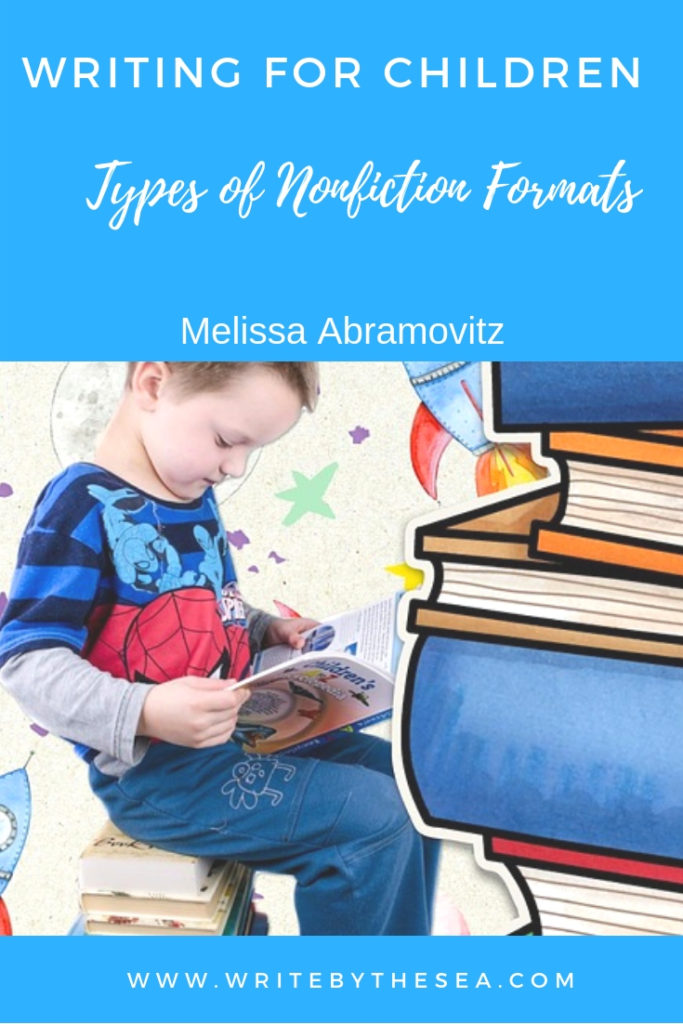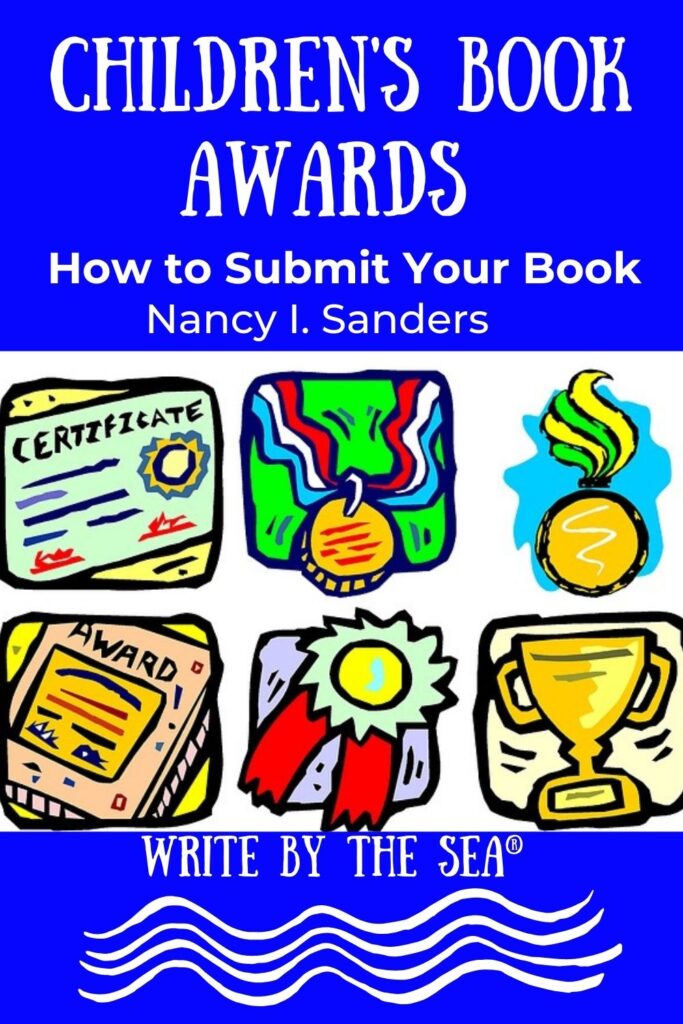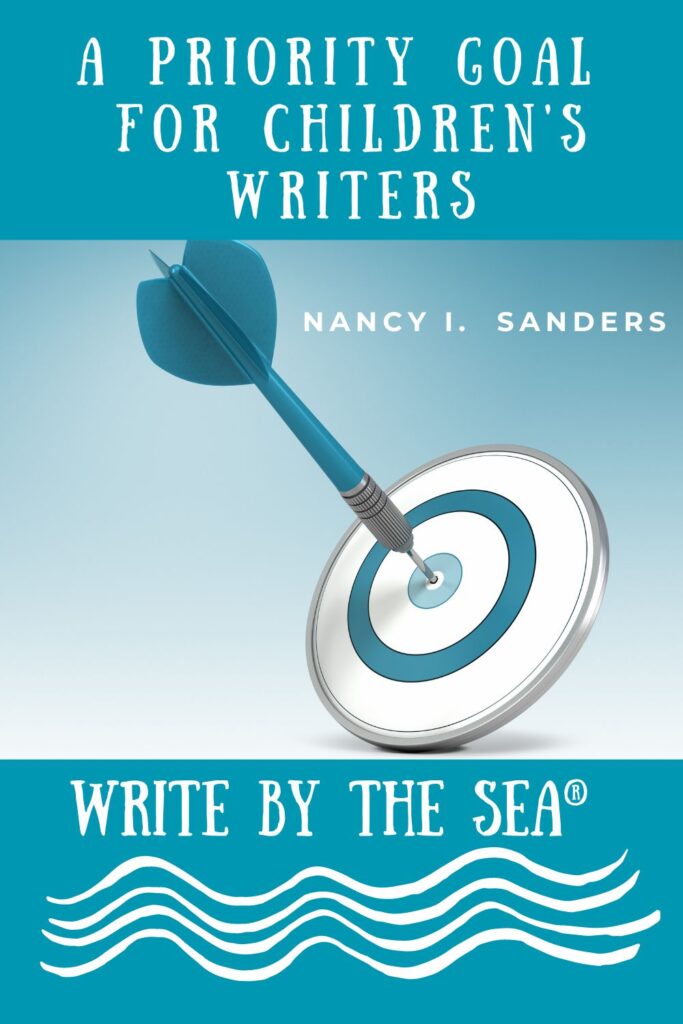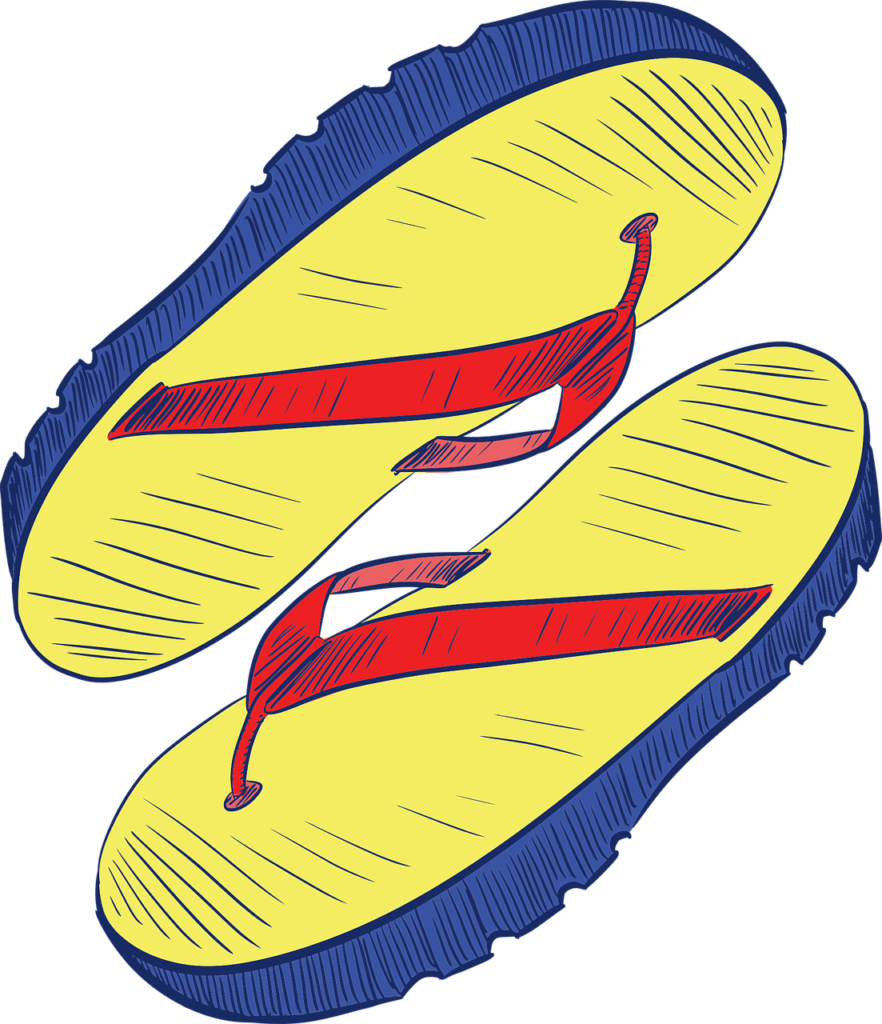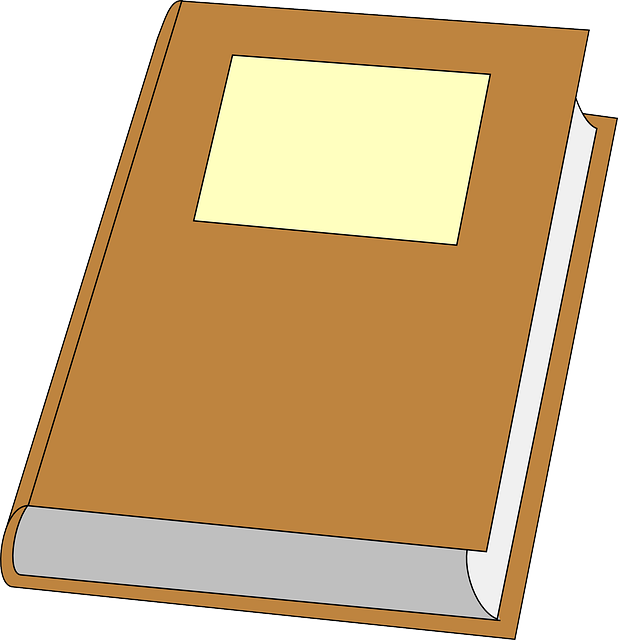One of the things I like best about types of nonfiction nonfiction formats for children’s magazines is the wide array of structures, or formats, in which material can be presented.
Nonfiction articles can take the form of narrative prose, how-to’s, quizzes, verse, personal experience, slice-of-life, profiles, as-told-to’s, or some combination of the above.
The structure you choose depends on your subject matter, your intended audience, and the target publication.
Most magazine articles are written as simple narrative prose (a narrative is simply the telling of a story).
Profiles, as-told-to’s, slice-of-life, and informational pieces are all subtypes of narrative prose.
While this form works well for most publications, editors also love seeing less common structures such as how-to’s, quizzes, and expertly crafted verse.
Here are the basics about these three structures:
A “how-to”, as the name implies, informs the reader about how to make or do something.
It may or may not require research.
If you are sharing a favorite recipe or craft, your only research may be your own experience.
For how-to’s that go outside your field of expertise, such as “How to Deal With A Bully,” interviewing experts for their input is essential.
The bulk of a how-to can be a list of directions, but an introductory paragraph or two and a closing paragraph are also necessary.
These paragraphs may include anecdotal tidbits about how you first became interested in creating something, how a craft will brighten a holiday table, or why bullying is a serious problem.
In other words, the article should be more than just a list of directions.
It’s also important to be sure that your directions are complete and follow a logical progression.
You may be tempted to leave out steps that seem obvious to you as an adult, but that a child would need them spelled out.
The best way to determine whether your directions are complete and easily followed is to ask a child in your target age group to follow the directions.
Editors love age-appropriate quizzes because they engage the reader.
A quiz and the explanations of the answers can comprise an entire article, or the quiz can be a sidebar that enhances an article’s main text.
Quizzes can be fun and even funny, but keep in mind that the quiz and its answers should cover material that is important to your topic.
In the true/false and multiple-choice quizzes I’ve written, the answers to each question include at least a paragraph of explanation.
The difficulty and subject matter of the quiz should also be appropriate for the audience.
For instance, two questions in a quiz called “Tooth Truth” that I included in an article about dental health for 9-12-year-olds were: 1. True or false: Brushing cleans 100 percent of a tooth’s surface. 2. True or false: Flossing isn’t necessary if you wear braces.
These questions would not be appropriate for younger kids, who would not understand percentages and would not yet be wearing braces.
Kids, especially younger kids, enjoy rhyming verse, and it’s a great way to make learning fun for them.
However, many editors discourage writers from submitting anything in verse because they see so much really bad verse.
So if you want to submit something in verse, be sure your meter and rhyme are perfect.
Perfect meter refers to consistency in the number of stressed syllables in a line, and perfect rhyme means that the words you intend to rhyme really do rhyme.
Editors get tired of seeing near-rhyming verse (as in ending one line with “could” and the supposedly rhyming line with “mud”).
Writing good verse takes lots of time and rewriting – it’s not as easy as it looks!
I happen to love writing nonfiction in verse, so I’m willing to put in the time to make it perfect.
If you are too, then keep this fun way of presenting nonfiction in mind.
And, if you like writing nonfiction for kids, check out this article about writing for educational markets.
About Melissa Abramovitz
 Melissa Abramovitz was a freelance writer for over 25 years and specialized in writing nonfiction magazine articles and books for all age groups.
Melissa Abramovitz was a freelance writer for over 25 years and specialized in writing nonfiction magazine articles and books for all age groups.
Her book for writers, A Treasure Trove of Opportunity: How to Write and Sell Articles for Children’s Magazines, has been widely acclaimed since its publication in 2012.
Note: This post may contain some affiliate links for your convenience (which means if you make a purchase after clicking a link I will earn a small commission but it won’t cost you a penny more)! Read my full disclosure and privacy policies...

